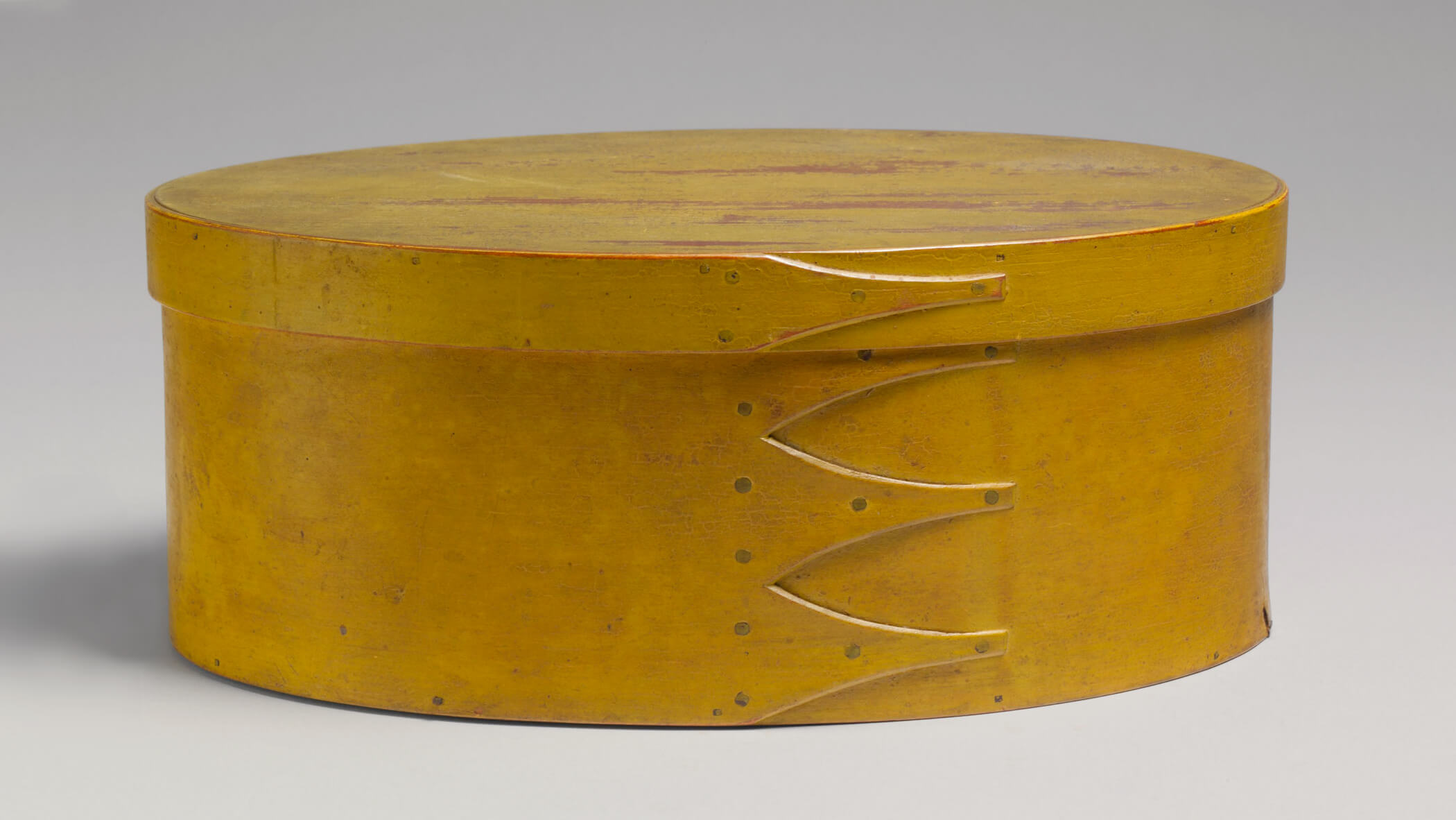I can thank my appreciation of all things Shaker for that one. In this frenetic world, the Shaker mentality rings true for me—that in economy and order, there is peace and harmony. Beauty even. There’s a parallel to this philosophy in web design. Really, design of any kind, for that matter. To make something—and make it well—you must first have a clear understanding of the purpose and function of that thing.
Thoroughly identifying and evaluating all the “things” (content) we must consider in any design project is paramount to its success. Content drives and informs all the decisions we make along the way. Until you spend the time to audit, group, and assess what “things” you’ll need to accommodate—down to the very last detail—you can’t successfully determine their “place” within the design. We’ve all been through projects where content has been added or priorities shifted midway through. As designers, it’s our job to solve problems elegantly. Can changes in content be accommodated at later stages of a project? If so, what’s the cost? The thoughtful consideration of content at the very earliest stages of a project ensures that every decision along the way is considered and intentional.
